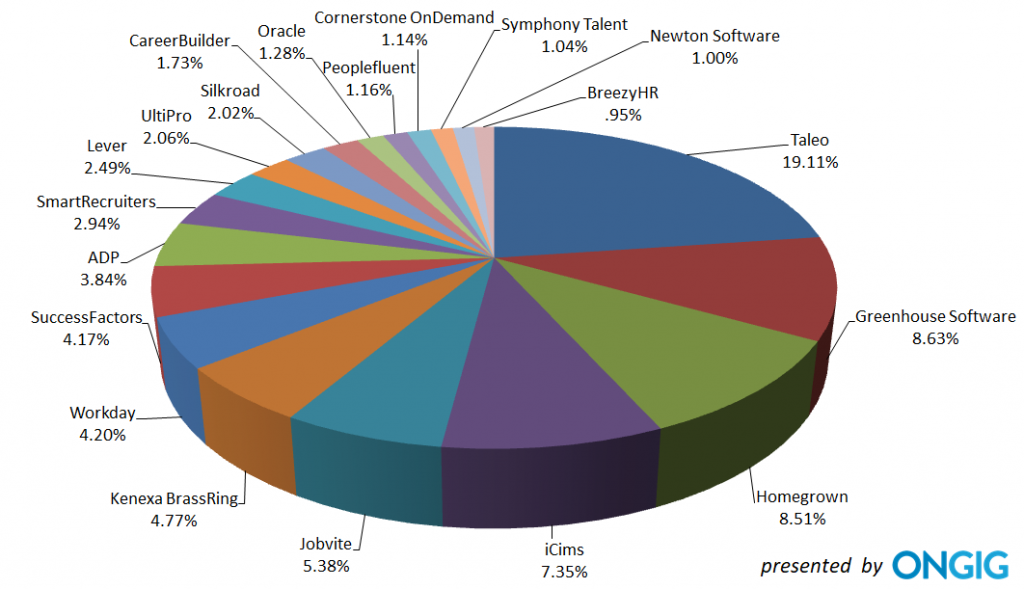Pipes choke. Pipes go silent. Pipes run into tunnels. Can HR afford to lose grip on the applicant tracking pipeline with the pressure of talent acquisition, alignment, experience and retention?
The recruitment exercise may start with a huge funnel, but sooner or later that funnel has to go narrow and stop at a granular-level filter. The challenge for HR today is not so much on the funnel’s open side or on the filter side but, strangely, somewhere in between – where, incidentally, the HR applicant tracking system controls a major part of the flow.
Getting a rich pool of applicants is not so impossible a feat today, thanks to the expanded realm of channels, platforms and communities available. But getting yellow-flagged applicants in the bucket is just the beginning of the ordeal.
What follows is a complex set of endeavours and processes to ensure that the right candidates do not fall through the cracks. HR needs something that can arm it to consistently, and accurately, keep a tab on how fast, how well and how far the application is moving through the hiring path.
One oversight in the HR applicant tracking process and you lose a great resource. One extra process and you add unnecessary cost and friction to the path.
So what can HR applicant tracking systems do for HR?
Getting automation and intelligence to work for you is not just simple, but also affordable and accessible today.
- Technology can inject transparency and real-time elements to the applicant tracking pipeline.
- It can allow hirers and interviewers to stack important information in an iterative, usable, flexible and consistent way.
- Tools designed specifically for this process can dovetail unique job requirements to applicant data.
- Candidates can experience a high level of engagement and attention, thus, creating great goodwill value irrespective of the hiring outcome.
- Costs and expenses get curtailed in a significant way, turns out that the cost-per-hire for a majority of recruiters is about $3000.
- Overall process efficiency and effectiveness get a strong fillip.
About 52% of recruiters have an average time-to-hire of 3 weeks or more, and for 18% recruiters, this can stretch to a month too.
~Yello 2019 Recruitment Study
- HR can collaborate and empower functional executives in a better way without wasting time and meetings.
- Overall organisation talent requirements can be handled on one dashboard. A candidate may not be a great fit for job A but can be of immense value for job B. That can only be known with the insights and visibility that technology allows here.
- HR can create a lean, fluid and agile environment that trickles to other areas as well, covering the entire employee journey.
- Compliance-needs can be met easily and fast without hurting privacy issues.
77% of HR professionals in India are increasingly focused on
employee experience to improve talent retention.
~LinkedIn Global Talent Trends Report
Similarly, in a Deloitte report in 2019, as many as 84% rated employee experience as an important issue. Getting to know where applications move and how is an integral part of any recruitment process, which again, adds to the overall experience.

Several recruitment technologies like Oto_Code have integrated popular applicant tracking systems within their tools. This helps avoid using multiple tools for doing sourcing and recruitment. It streamlines the workflow of screening the candidates and technical recruitment process for the hiring manager.
This cannot be ignored, as one MIT Research has argued well that those enterprises with a top-quartile employee experience happen to command 25% more productivity than bottom-quartile ones (not to forget, double the innovation and customer satisfaction too!).
In the LinkedIn report, it was also observed that insights can empower decision-making related to talent at every level of the recruitment cycle. As many as 72% of talent professionals are using people analytics for improving the performance of HR operations. This shows that the role of technology is moving from low-tier needs to top-crust areas where strategic factors are deepened by applying the right tool at the right place and time.
It looks like HR has finally got a transparent pipe that will help it to keep an eye on where the good ones are flowing. The ocean can finally be put into a bottle. Kudos to automation!
- Embracing Agility and Inclusion: The Power of a Skills-First Approach in Talent Management - August 14, 2023
- How to Reduce Time to Proficiency and Measure Onboarding Effectiveness - August 10, 2023
- Unleashing the Power of AI: Transforming Learning and Development in Your Organization - August 1, 2023
